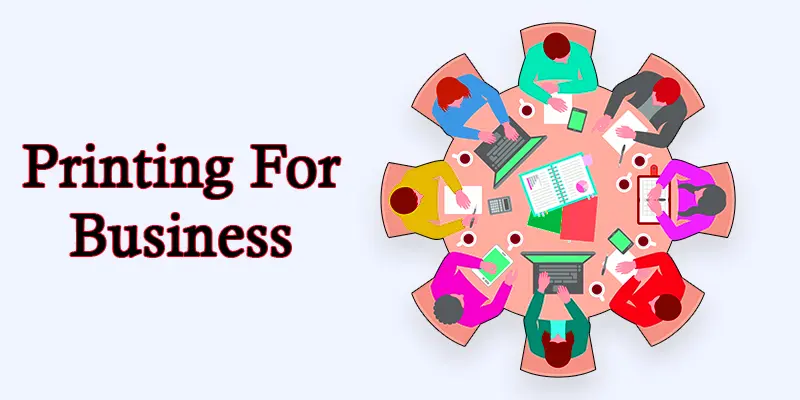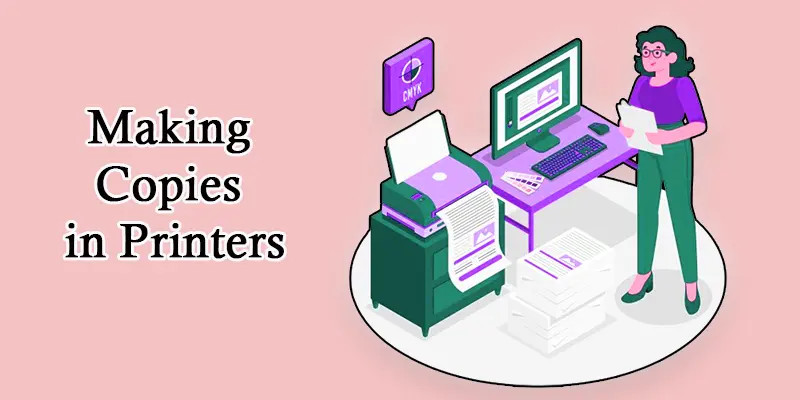The Essential Role of Printers Uses in Modern Business
Published: 15 Mar 2024
Use of Printer in Business
Printers play an important role in modern business operations, helping streamline a variety of tasks from documentation to communication. Many businesses struggle with slow or inefficient printers that hinder productivity. Are you unsure of how to choose the right printer for your business needs? Whether it’s printing contracts, marketing materials, or employee documents, investing in the right printer can improve your workflow and reduce frustration. Discover the multiple uses of printers that can significantly enhance business efficiency.
Top Uses of Printers in Business
Printers are essential tools in businesses, offering a range of functions to improve daily operations. They help in various tasks that support communication, documentation, and organization.
- Document Printing
- Printing Marketing Materials
- Signage and Display
- Labeling and Packaging
- Presentations and Proposals
- Compliance and Record-Keeping
- Customer Receipts and Invoices
- Photographic Printing
- Forms and Templates
- Cost-Effective Solutions
Document Printing
One of the primary uses of printers in business is for printing documents. Despite the rise of digital files, hard copies are still necessary for contracts, invoices, reports, and meeting notes. Printed documents are often easier to read, share, and store for future reference.
Printing Marketing Materials
Printers are indispensable for creating marketing materials. Businesses rely on them to produce brochures, flyers, posters, and business cards. These printed materials help promote services and products, making a tangible impact on potential customers.
Signage and Display
Printers create signs and displays for businesses with physical locations. It includes everything from in-store promotions to directional signage. Clear, professional signage helps guide customers and enhance their overall experience.

Labeling and Packaging
Printers are critical in the production of labels and packaging. It is essential to be able to print labels on demand, whether shipping products or labeling items in the warehouse. Custom packaging also adds a professional touch and enhances brand recognition.
Presentations and Proposals
In business, effectively presenting ideas can make a significant difference. Printers create meeting handouts, client proposals, and visual aids for presentations. High-quality printed materials convey professionalism and attention to detail.
Compliance and Record-Keeping
Many industries require businesses to keep physical records for compliance purposes. Printers are essential for creating copies of important documents such as tax forms, compliance reports, and employee records. It helps meet regulatory requirements and maintain organized records.

Customer Receipts and Invoices
Printers are crucial for retail businesses, restaurants, and service providers to issue receipts and invoices. Providing customers with printed receipts facilitates transactions and helps maintain accurate sales records.
Photographic Printing
Photographic printing refers to producing physical prints from digital or analog photographs. This process involves transferring an image onto light-sensitive paper or other printing substrates using various printing techniques.
Forms and Templates
Forms and templates are pre-designed documents facilitating various business processes. They provide a structured format for collecting, organizing, and presenting information efficiently and consistently.
Cost-Effective Solutions
Printing in-house can be more cost-effective for small and medium-sized businesses than outsourcing. A reliable printer allows companies to produce necessary documents and materials on demand, reducing the need for bulk printing and minimizing waste.

Conclusion about Business Printer
By understanding the diverse uses of printers, businesses can leverage this tool to enhance productivity and efficiency. Investing in and maintaining a good-quality printer can go a long way toward ensuring smooth and effective business operations. Whether a multifunctional or specialized printer, the right one can be a valuable asset to any business.
FAQS – Printers Business
What is the best printer for business use?
The best printer for business use would typically be a laser printer due to its speed, efficiency, and cost-effectiveness in handling high-volume printing tasks.
Why are printers so important?
Printers are important in business settings for creating hard copies of essential documents, reports, contracts, and marketing materials, maintaining records, and facilitating communication.
Is the business printer all-in-one?
Business printers are available in all-in-one (multifunction) and single-function models, depending on the business’s specific needs and desired functionalities.
What is business printer machine?
A business printer machine is a professional printer used in a business environment to produce high-quality prints, whether in black and white or color, to fulfill various printing needs.

- Be Respectful
- Stay Relevant
- Stay Positive
- True Feedback
- Encourage Discussion
- Avoid Spamming
- No Fake News
- Don't Copy-Paste
- No Personal Attacks

- Be Respectful
- Stay Relevant
- Stay Positive
- True Feedback
- Encourage Discussion
- Avoid Spamming
- No Fake News
- Don't Copy-Paste
- No Personal Attacks





